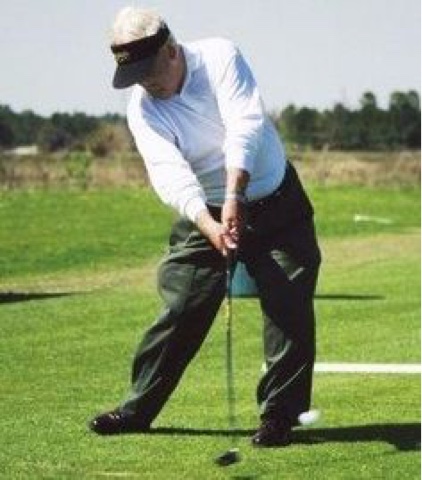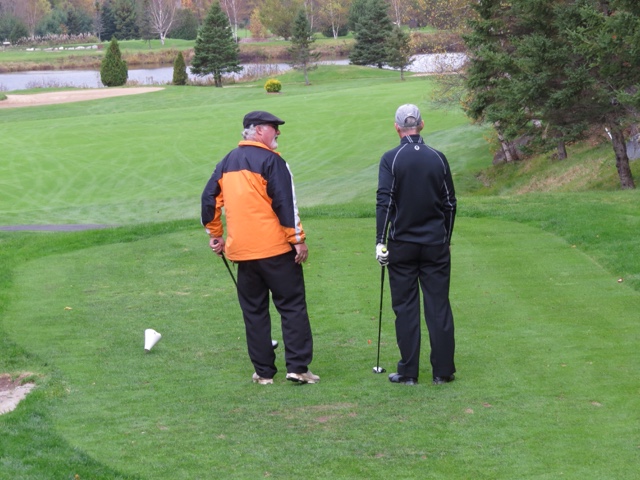In his book, Golf is my Game, Bobby Jones wrote about the state of the game in his day. About teaching, he wrote:
"It seems obvious to me that writing about the golf swing has become too technical and complicated, and even the most earnest teaching professional presents the game to his pupil as a far more difficult thing than it really is. It is equally obvious that what the game needs most if it is to grow in popularity is a simplification of teaching routines which will present a less formidable aspect to the beginner, and offer the average player a rosier prospect of improvement.
The trouble could be, and I think it is, that golf is not taught as it is learned. It is taught more as a science or as a prescribed set of calisthenic exercises, whereas it is learned as a game."
Today, we still see the vast majority of teachers focussing on helping golfers improve their golf swing, as though this was the way for them to improve as players. To some extent, I suppose, they are giving golfers what they think they want or need; namely a path to a sound, conventional golf swing. And Bobby said he would never discourage anyone from pursuing that goal with a qualified teacher.
There is, however, often a problem with this approach--this swing focussed approach to learning golf. Bobby Jones wrote:
"It is folly for either teacher or pupil to expect that any swing can be perfected in an afternoon, a week, or even a season. It is significant that Stewart (Stewart Maiden, Bobby's teacher) did not try to fill my head with theories. He merely put me in a position to hit the ball and then told me to go on and hit it."
Bobby Jones believed that you learned to play golf by playing it. Sounds obvious, but if we examine what is happening today, we might wonder. Bobby wrote:
"I have always said that I won more golf tournaments because I tried harder than anyone else and was willing to take more punishment than the others. More immodestly, I will say now that I think a large factor in my winning was a greater resourcefulness in coping with unusual situations and in recovering from or retrieving mistakes."
Bobby credited his success to his ability to play the game, not on a perfect, repeating golf swing--something he believed was impossible to obtain. And I think teachers who really want to see their students improve would do well to emphasize the playing of the game over the swinging of the club. At every level we see golfers with unorthodox swings beating golfers with textbook swings. Why? Because they play the game better.
While I am not a teacher, I have seen players I've attempted to help make improvements in their game by working, not on their swings, but on course management, learning to play bunker shots, and choosing the right clubs and shots when they find themselves in trouble, or when they are around the green. Golf is a game. It is best learned, as Bobby Jones said, by playing it.















